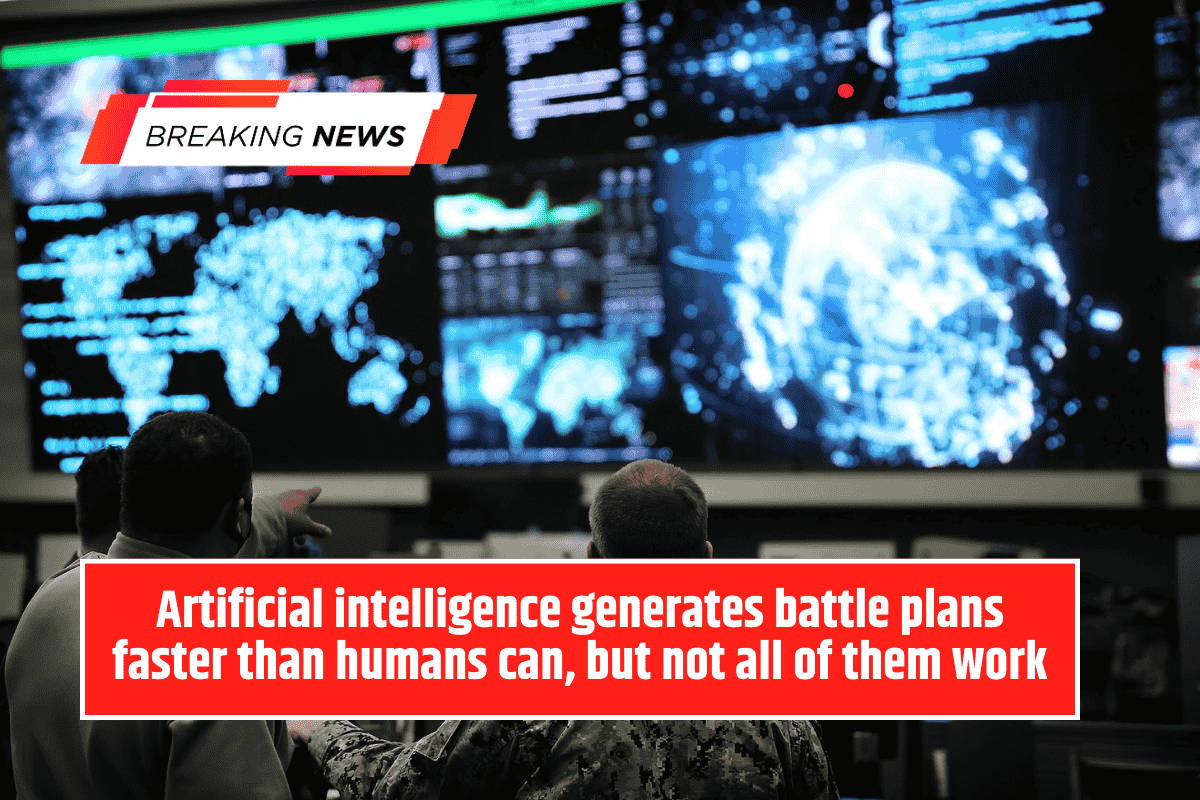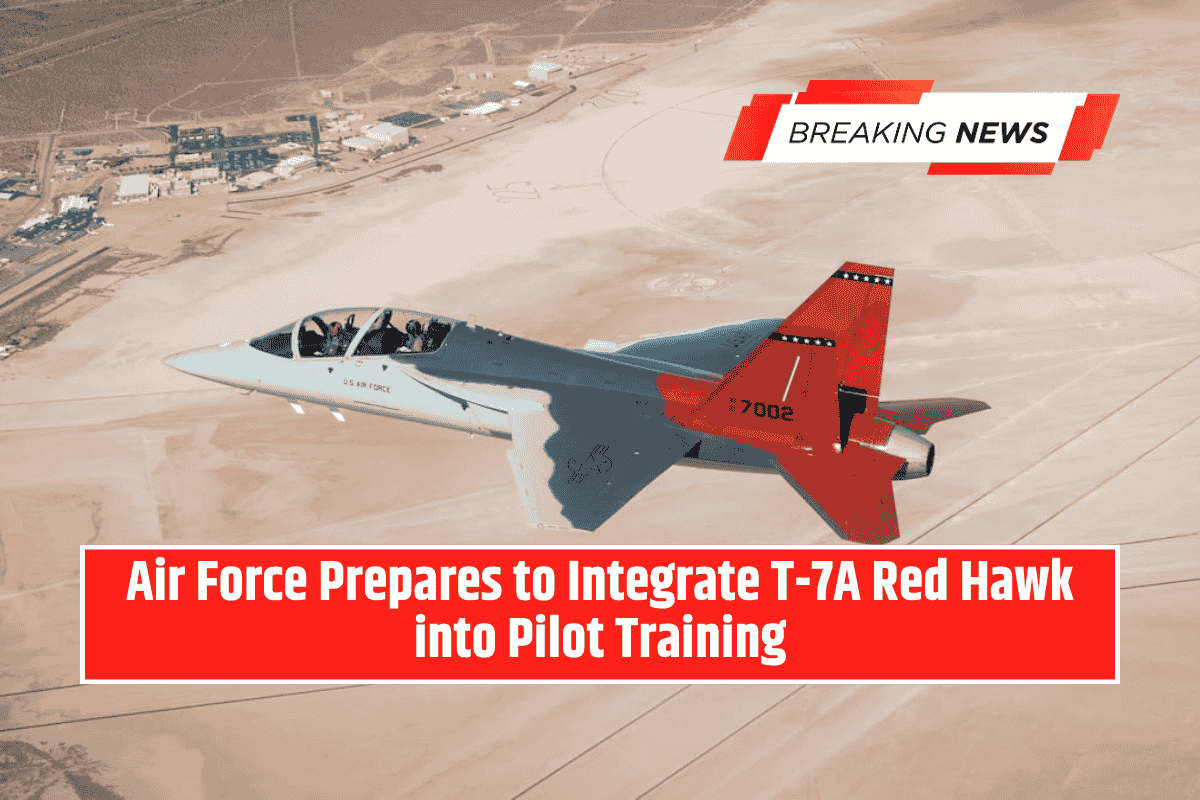The U.S. Air Force recently conducted an experiment, known as DASH-2 (Decision Advantage Sprint for Human-Machine Teaming), to test the ability of artificial intelligence (AI) in developing military strike plans.
In this exercise, human planners produced three courses of action (COAs) in about 16 minutes, while AI tools generated 10 options in just eight seconds — roughly 400 times faster.
However, speed did not guarantee accuracy. According to Maj. Gen. Robert Claude, who revealed the findings at the Air Force Association’s Air, Space and Cybersecurity Conference, many of the AI-generated plans were not fully viable.
The flaws were often subtle, such as choosing the wrong sensor for given weather conditions, rather than making unrealistic recommendations like assigning tanks to air missions.
Claude emphasized that human oversight remains essential, at least in the near future, to ensure the AI-generated COAs are realistic and actionable. He also noted that as the tools mature, the error rate is expected to decline.
Constraints of Rapid Development
The DASH-2 tools were built during a two-week development sprint, which limited how many safeguards and “checks and balances” could be integrated into the algorithms.
Claude highlighted that the effectiveness of AI planning tools ultimately depends on how well the algorithms account for critical operational factors.
Army’s Use of AI for Maintenance
Beyond strike planning, the U.S. military is also exploring AI for equipment repair and maintenance. The U.S. Army has begun training large language models (LLMs) on more than 1,000 hours of video showing engineers repairing the Infantry Squad Vehicle (ISV), a militarized version of the Chevy Colorado pickup.
The goal is to integrate these models into smart glasses or Microsoft HoloLens, enabling soldiers to receive step-by-step, visual AI guidance for diagnosing problems and conducting repairs in the field.
Outlook
These experiments illustrate the Pentagon’s growing interest in human-machine teaming. While AI already demonstrates remarkable speed in generating options and assisting with technical tasks, human judgment remains critical to ensure reliability and safety.
Over time, improvements in algorithm design are expected to reduce error rates and expand the range of missions where AI can be trusted as a decision-making partner.








